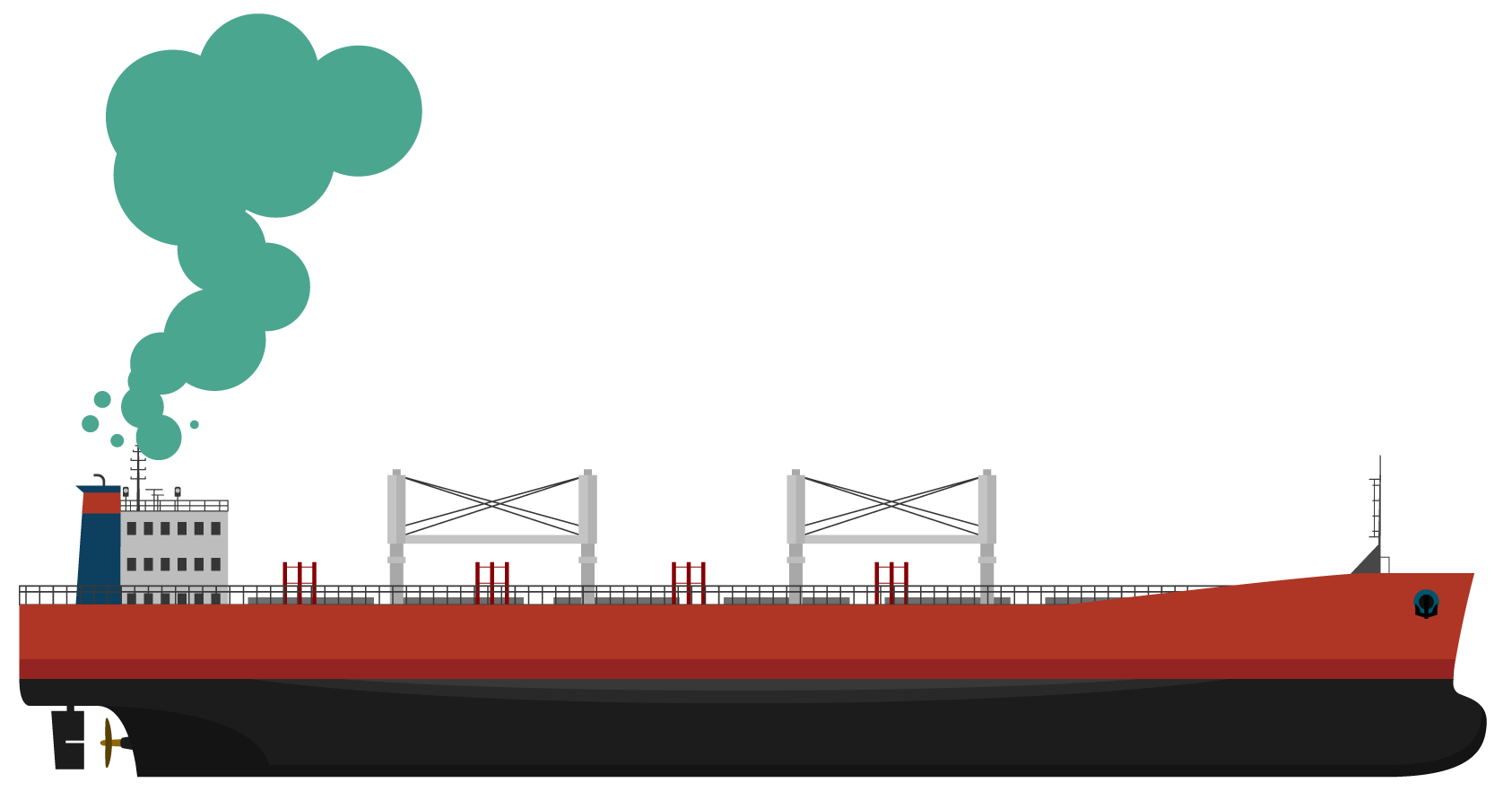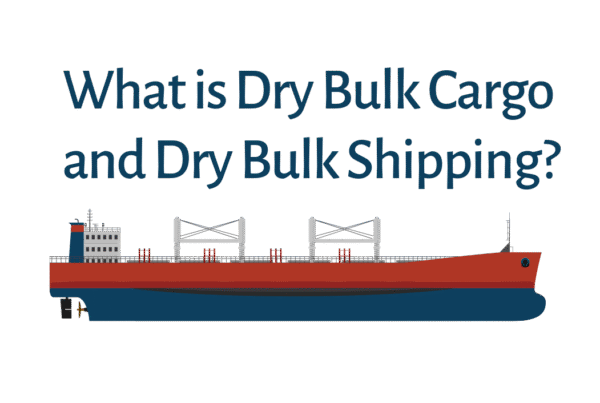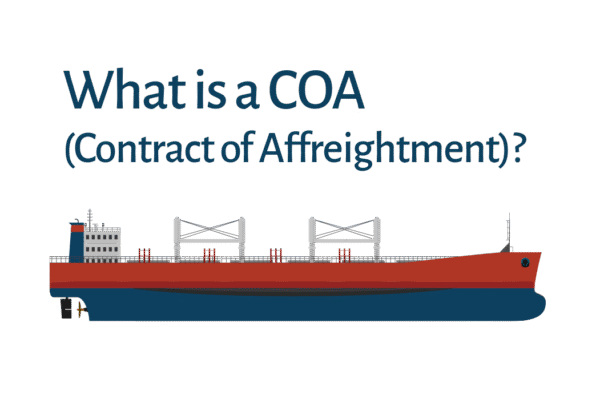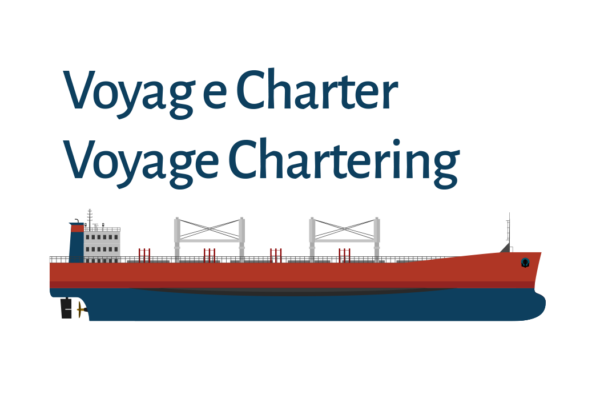The EU has agreed to include shipping in its Emission Trading System (EU ETS), meaning that commercial ships above 5000 GT must acquire and surrender emission allowances for their CO2 emissions starting in 2024, with offshore ships being included from 2027. This is the current state of the EU ETS.
The European Parliament, Council of the European Union, and the European Commission have agreed to include shipping in the EU’s Emission Trading System from 2024. This means that ships above 5000 GT transporting cargo or passengers for commercial purposes in the EU will be required to acquire and surrender emission allowances for their CO2 emissions. Offshore ships will be included from 2027. The final text is expected to be adopted later and further details on the requirements and processes can be expected as the European Commission adopts related acts. The EU ETS is an emission cap-and-trade system designed to reduce emissions and meet the EU’s climate goals.
What is ETS?
The Emission Trading System (ETS)
The Emission Trading System (ETS) is a tool that uses financial incentives to encourage the companies who produce Green House Gases to reduce emissions by attaching a price to each ton of emissions. This approach aligns with the company pays principle, which is central to European climate policy.
The ETS was established in 2003 and went into effect in 2005, covering all EU states and Iceland, Liechtenstein, and Norway. While it mainly covers carbon dioxide (CO2) as the major GHG, it also addresses others, including methane and nitrous oxide, produced by energy-intensive industries such as electricity and heat generation, oil refineries, and the manufacture of various metals and chemicals, as well as aviation. Starting in 2024, the ETS will expand to include shipping industry. By shipping industry, what is referred is shipowners, operators and charterers who act as carrier.

“Shipping is facing increasing regulatory pressure to decarbonize, with carbon regulations being implemented by the global authorities.”
Ms. Susan GarangHead of Vessel Operations
Current Decarbonization Regulations in Shipping
IMO’s EEXI and CII
Starting from January 1, 2023, all ships are required to calculate their Energy Efficiency Existing Ship Index (EEXI) to determine their energy efficiency and to collect data for reporting their annual operational Carbon Intensity Indicator (CII) and CII rating. These measures aim to reduce the carbon intensity of all ships by 40% by 2030 compared to the 2008 baseline.
The EEXI determines a ship’s energy efficiency compared to a baseline, and it is expressed as a required energy efficiency index based on an applicable reduction factor expressed as a percentage relative to the Energy Efficiency Design Index (EEDI) baseline. The required EEXI value is different for different ship types and size categories, and ships with a calculated attained EEXI value above the required EEXI will have to undergo corrective measures to meet a minimum energy efficiency standard.
The CII measures a ship’s annual operational carbon intensity and determines the annual reduction factor needed to ensure continuous improvement within a specific rating level. The actual annual operational CII achieved must be documented and verified against the required annual operational CII, enabling the operational carbon intensity rating to be determined.
These measures are a part of the IMO’s commitment under its 2018 Initial Strategy on Reduction of GHG Emissions from Ships, which aims to reduce carbon intensity from all ships by 40% by 2030 compared to 2008. The first annual reporting will be completed in 2023, with initial ratings given in 2024.
ETS Concept in Shipping
Insights and Implications of ETS in Shipping, 2024 Onwards
The European Union’s (EU) Emissions Trading System (ETS) will apply to 100% of CO2 emissions from ships voyaging between European ports and 50% of emissions from voyages between a non-EU country and an EU country, including emissions in the opposite direction. A “voyage” refers to any movement of a ship that begins and ends in a port of a member state and transports goods or passengers commercially. Cargo ships will pay for their emissions if they transport goods from a non-EU country to an EU country, but will not pay if they only stop in an EU country to refuel or if they transit EU waters without calling at an EU port to load or unload cargo.
The ETS will apply to CO2 emissions emitted from 2024 and onwards, while methane and nitrous oxide emissions will be included from 2026 and onwards. The ETS includes specific exemptions for national circumstances such as voyages to outermost EU regions like the Azores or Canary Islands and ferries travelling between islands with a population of fewer than 200,000. Ships of 5,000 gross tonnage (GT) and above that perform commercial voyages transporting goods or passengers will be subject to the ETS.
Unlike other sectors under the ETS, shipping will not receive free allowances. All allowances will be acquired through auctioning, and shipping companies will only gradually acquire and surrender allowances for all emissions falling under the ETS geographical scope until 2026. In 2025, ships will pay for 40% of their 2024 emissions, in 2026 for 70%, and in 2027 for 100%.
Shipping companies will be responsible for complying with the ETS, and any organization or person responsible for the vessel under the ISM code will be considered a shipping company. Shipping companies will need to report their emissions in the EU Monitoring, Reporting and Verification (MRV) database, with accredited verifiers checking the reported data by March 31. Starting in 2024, operators will need to surrender the number of allowances that correspond to their emissions by September 30 of each year, using a dedicated Union Registry portal. If the responsible company is not the entity taking the day-to-day decisions that affect a ship’s emissions, they can claim reimbursement for the ETS costs to avoid charging shipping companies for the ETS when they do not control key operational parameters of the ship (e.g., speed or fuel).
As a result, the EU has agreed to include shipping in its Emission Trading System (EU ETS) from 2024, which means that commercial ships above 5000 GT must acquire and surrender emission allowances for their CO2 emissions. The inclusion of the shipping industry in the ETS aligns with the EU’s climate goals, and the measures aim to reduce the carbon intensity of all ships by 40% by 2030 compared to the 2008 baseline. These measures are part of the International Maritime Organization’s (IMO) 2018 Initial Strategy on Reduction of GHG Emissions from Ships. Unlike other sectors under the ETS, shipping will not receive free allowances, and companies will need to report their emissions in the EU Monitoring, Reporting, and Verification (MRV) database.






